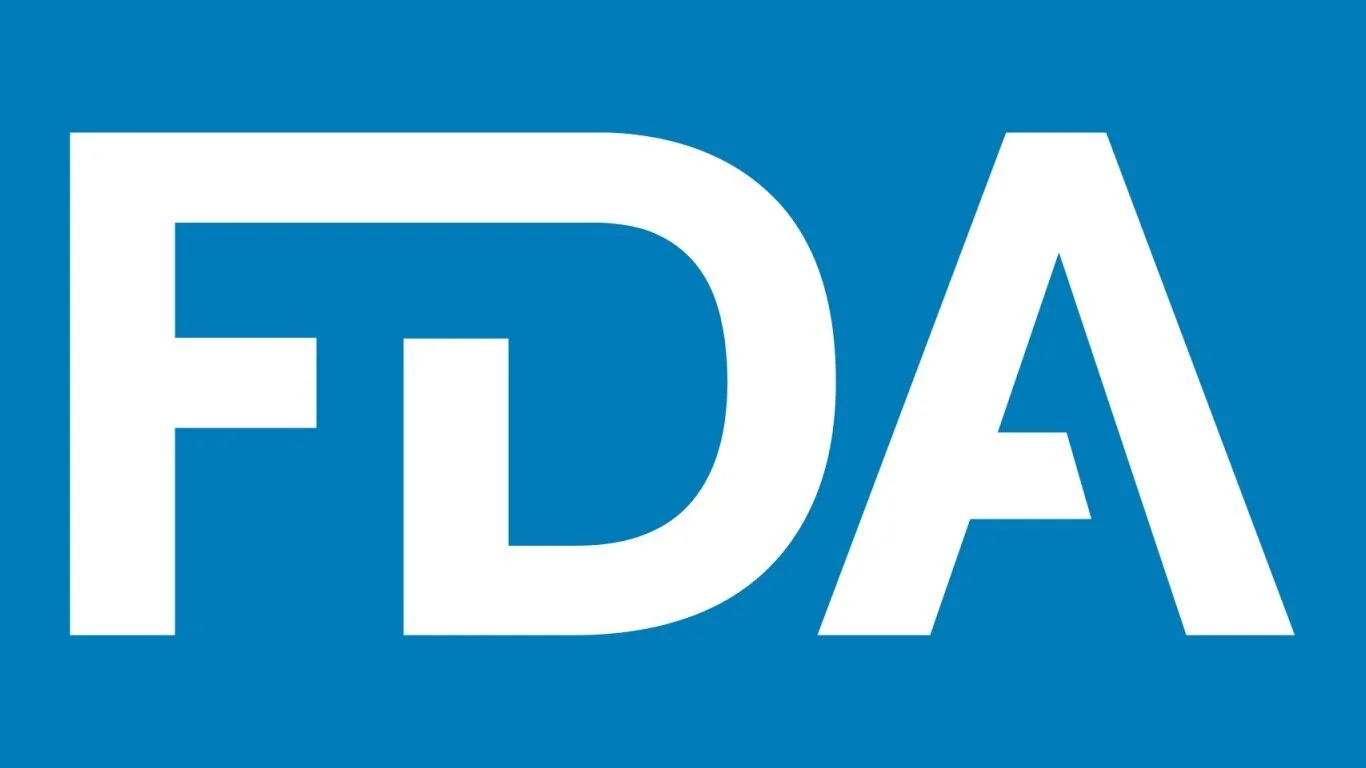Optimal Facility and Portfolio Decisions
Life Science occupiers (Biotech, Pharma, Medtech) requiring R&D, manufacturing, or distribution face distinctive real estate challenges compared to non-FDA regulated industries. These challenges can be categorized into three unique areas:
13845 QMS
9001 QMS
14644 Cleanroom
1. Clustering: Optimal Site Selection and Expansion
Life Science site selection often revolves around selecting specific U.S. cities and submarkets, known for their robust ecosystems, which offer a wealth of resources including talent, investors, consultants, and various outsourcing options like design, contract manufacturing, packaging, sterilization, and Life Science focused support services. The choice of location goes beyond geography; it takes into account broader Life Science industry trends, enabling greater efficiency and faster commercialization, ultimately saving both time and resources. Factors considered include alignment with business objectives, funding sources, milestones, clinical trials, and exit strategies.
2. Quality Compliance: The Right Building Infrastructure
Medical and pharmaceutical facilities must adhere to stringent quality compliance standards, including ISO 13485, NEBB cleanroom standards, and FDA 21 CFR 211, which outlines current Good Manufacturing Practices (cGMP or cGLP). Identifying suitable building options that not only meet but often exceed these requirements is critical. Key considerations include:
First-floor accessibility
Required ceiling height
HVAC capacity
Electrical and other mechanical prerequisites
Roof support
Conformance with NEBB Procedural Standards
Other factors necessary for cleanrooms complying with common ISO Classes (5 – 8) for Medical Device and Pharmaceutical companies
Identifying a real estate broker with expertise in these specialized requirements is rare but invaluable. Such expertise streamlines the evaluation of space requirements for operational and quality functions, ensuring that the selected property can effectively support core operations while maintaining compliance, thus avoiding issues like ISO noncompliance, FDA Form 483, or FDA Warning Letters due to facility shortcomings. Additionally, it eliminates the need for costly retrofits, ultimately saving both time and capital.
3. Flexibility: Aligning Real Estate with Business Goals
Like any manufacturing enterprise, medical device and pharmaceutical companies must harmonize their building and facility footprint with their business model. Strategic location selection and the availability of scalable, adaptable spaces are pivotal. They enable future growth while providing flexibility in manufacturing and office layouts, and also offer versatile lease/purchase terms and options for maximum operational efficiency.




